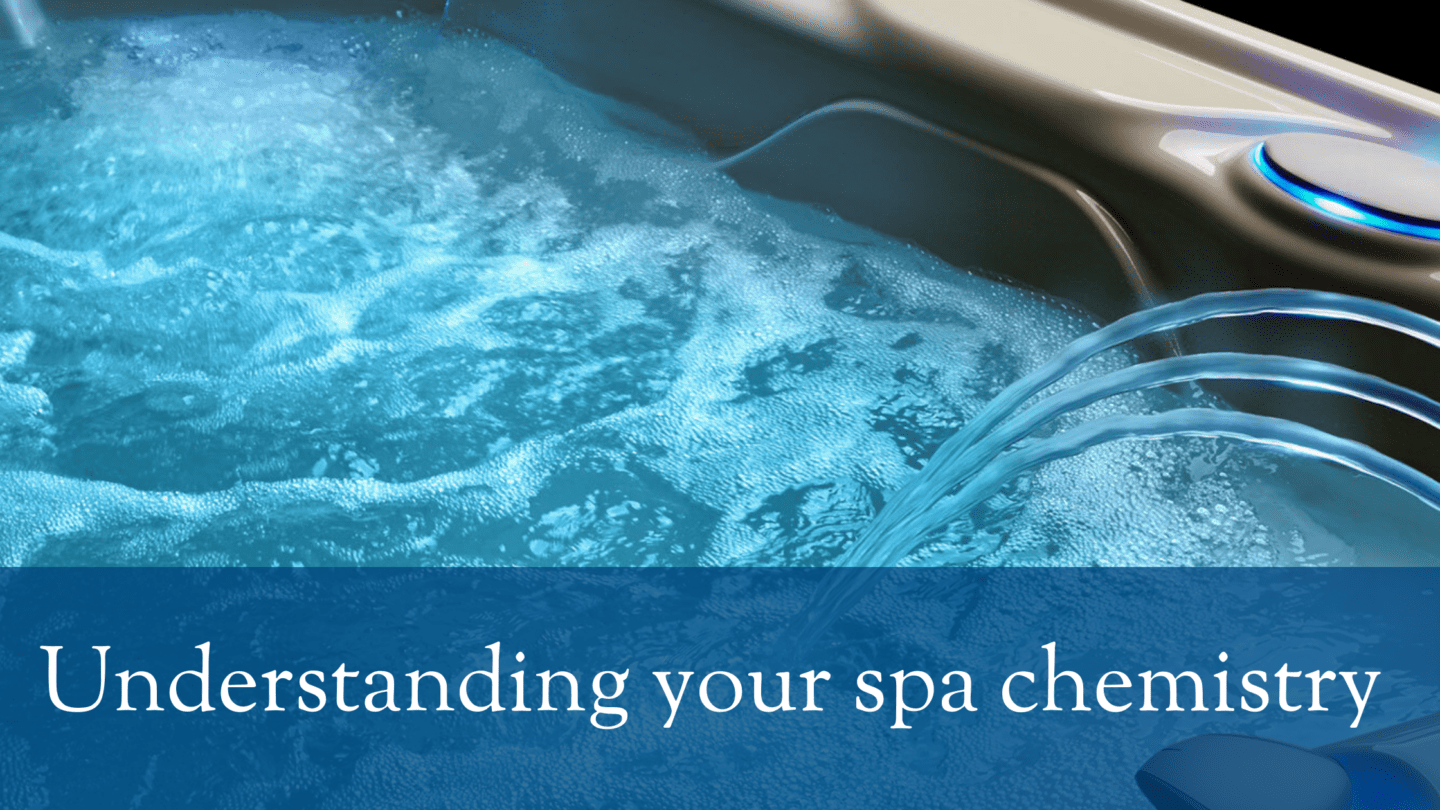Proper care of your spa with chemicals is necessary to help the longevity of your spa, as well as to keep you and your loved ones safe from contamination and the issues the bacteria may introduce to the water.
There are 4 main reasons why we need proper chemical balance in your spa / hot tub:
- Keeping the water clean and clear as well as safe for bathers.
- Making the water feel comfortable for bathers.
- Protecting the spa surfaces from becoming stained.
- Protecting the spa surfaces and equipment from scaling effects.
Regular testing of your spa water can help to ensure that you keep the chemicals within their ideal range. It is recommended to test your sanitizer levels consistently, your pH levels 1-2 times weekly and your balancers a minimum of once a month with a spa professional.
Lets take a look at which chemicals should be used and what their ideal ranges are.
Sanitizer
This is what keeps the body of water safe for bathers. Chlorine or Bromine are both sanitizing agents and either or can be used. The ideal range for your sanitizer is 3-5 ppm.
Some models of hot tubs / spas are equipped with ionizers, UV systems and Ozonator systems. None of these systems will eliminate the need for sanitizer, but they will help to reduce the amount of sanitizer required in the spa.
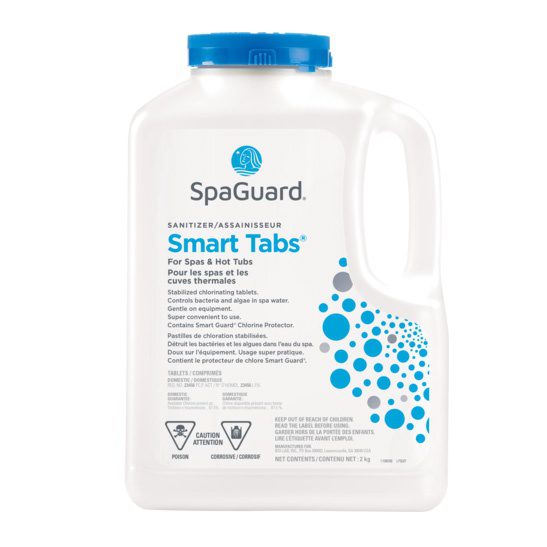
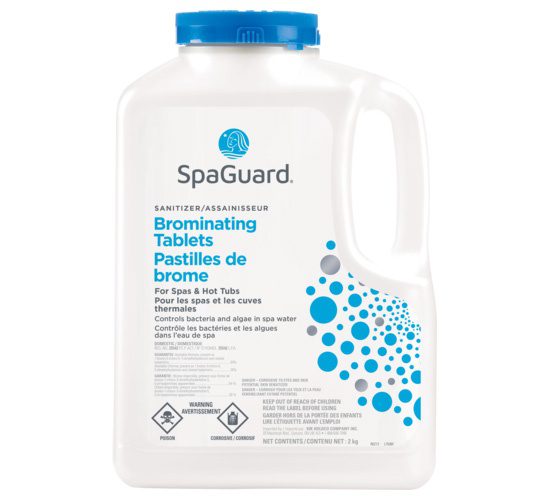
Alkalinity
Alkalinity should be balanced when the tub is initially filled and then adjusted as needed, typically monthly. Your pool care professional can assist you in how much is needed based on your water test. Alkalinity is a protector for your acrylic and equipment. It also aids in keeping the pH levels stabilized in the hot tub / spa. The ideal range is 80 – 120 ppm.
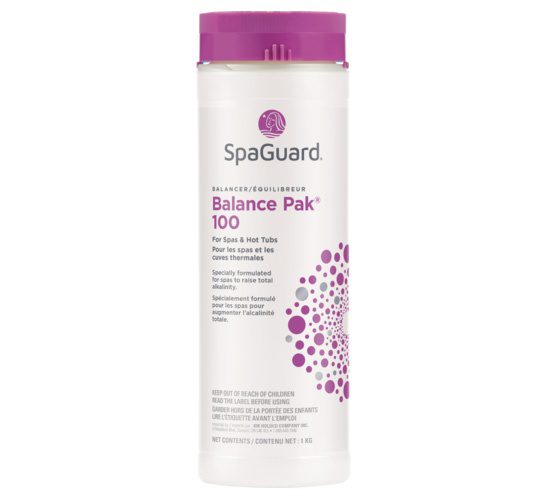
pH
pH levels should be between 7.2 – 7.6. A low pH reading means the water is acidic and this can damage your jets, pump seals, cushions etc… A high pH reading can cause scaling to form in the pipes, equipment and on the acrylic of the tub.
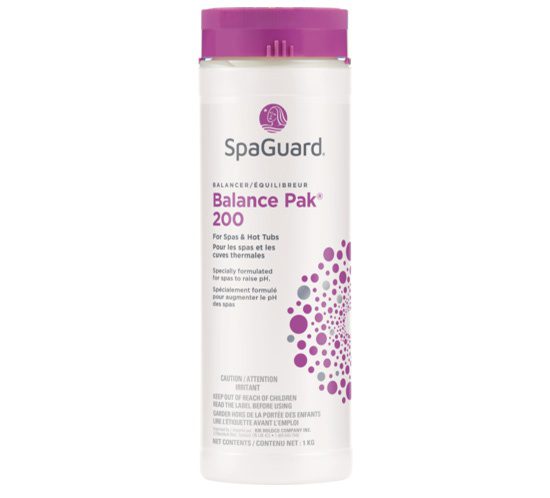
Calcium Hardness
Ranges should be between 180 – 250 ppm. The calcium level in the spa is an important protector for the acrylic and the equipment. If the water requires calcium, it will pull it from the acrylic causing damage to the surfaces of the tub. If there is too much calcium, scaling will form on the surfaces and the equipment.
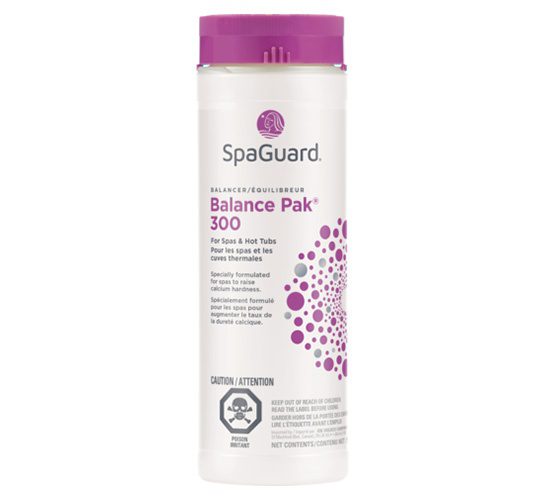
Shock / Oxidizer
Shocking or oxidizing the tub should be performed once a week. The process of shocking removes any organics and bacteria from the body of water. If you are concerned about adding additional sanitizer levels to the tub, you can use a non-chlorine shock, which will still oxidize the water without adding additional sanitizer.
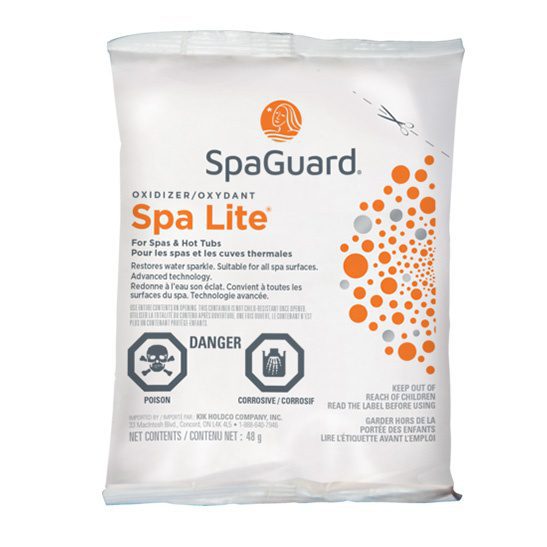
Enhancers
There are also enhancers that can be used, and are often recommended, including:
- Stain and Scale (which will reduce the staining and scale both on the acrylic and the pipes)
- Polysheen (which is a clarifying agent)
- Natural Spa Enzyme (prevents bathtub ring / water line scum)
- Optimizer Plus (enhances chemical effectiveness, improves bather comfort)
- Spa Complete (removes phosphates, clarifies the water, softens the water)
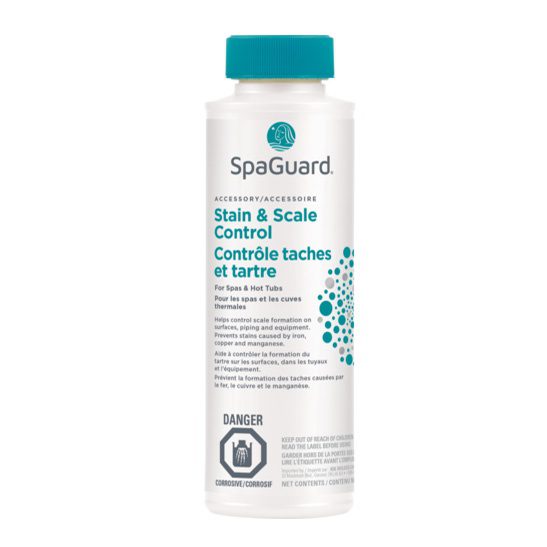
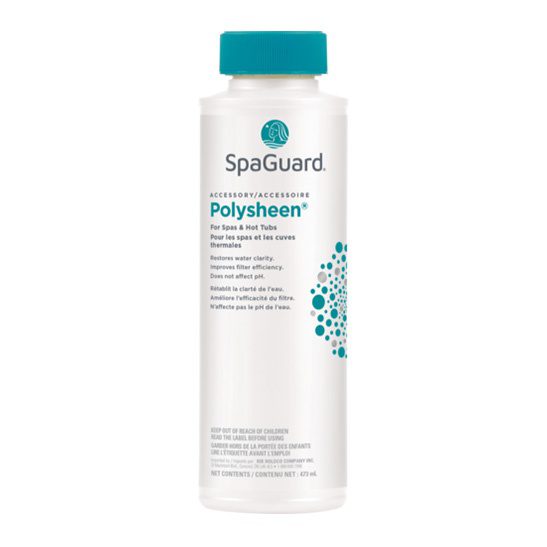
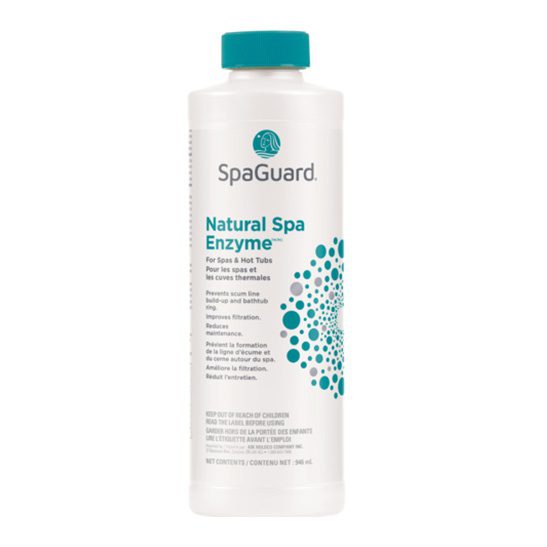
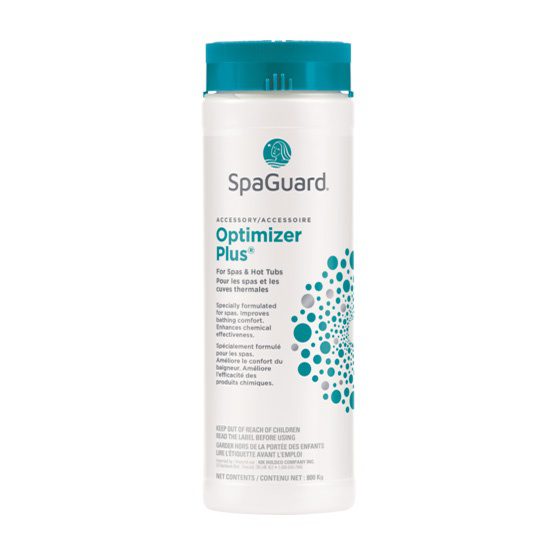
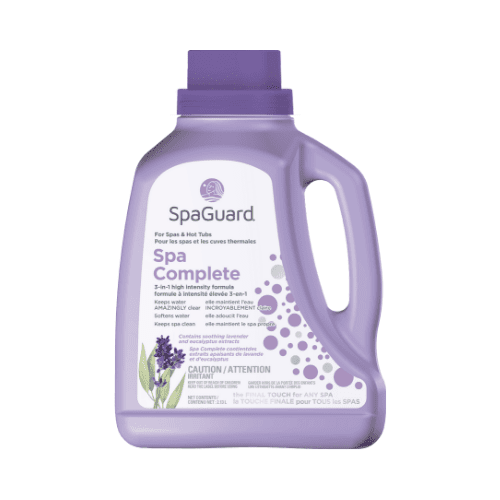
So as you can see keeping your spa / hot tub chemistry in check is important, not only for the bathers who are using the spa / hot tub, but for the equipment and longevity of your investment. To see if you need to balance the water in your spa or hot tub, please visit your local pool professional for a water test.

